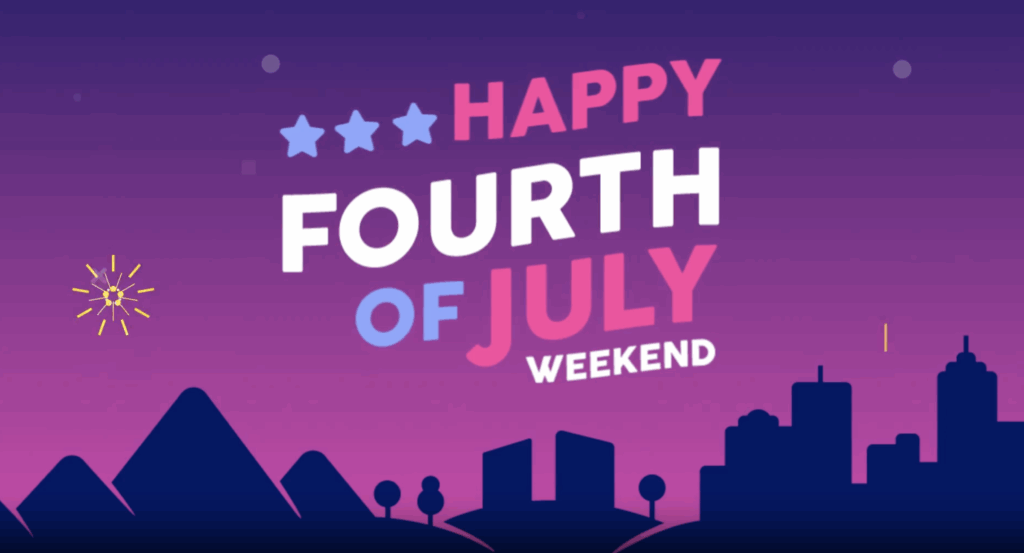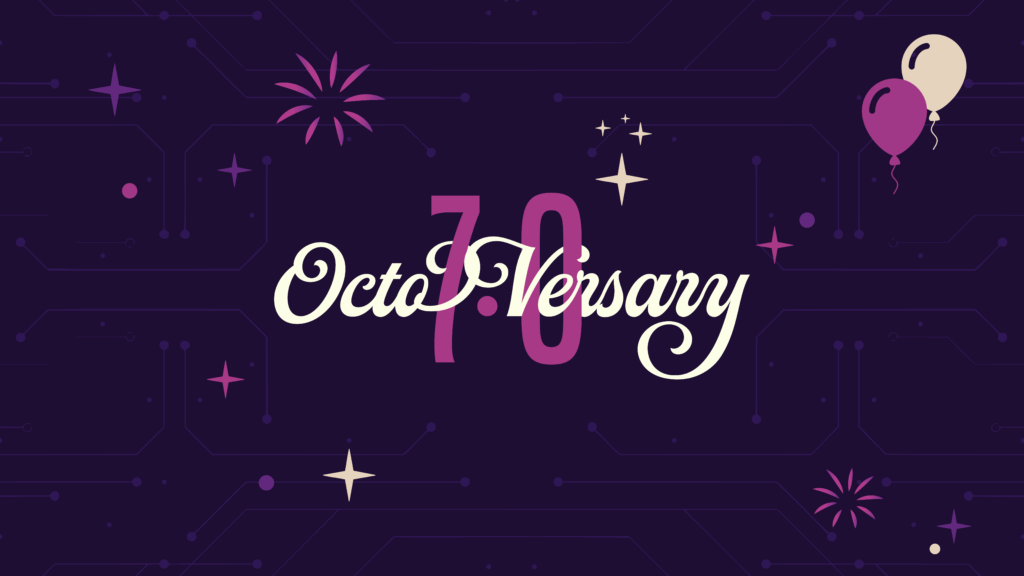What’s Happening: Current Events & Highlights
Octopus tablets aren’t just for your riders! Connect with the driver community by joining discussions, signing up for contests and giveaways, enjoying theme weeks, and participating in focus groups to shape our future.
AfterParty Podcast
Check out the podcast version of the monthly virtual meetup:
“Hustler’s Hour“
Driver Referrals
Do you know a driver who’s ready and wheeling to make some extra cash?


